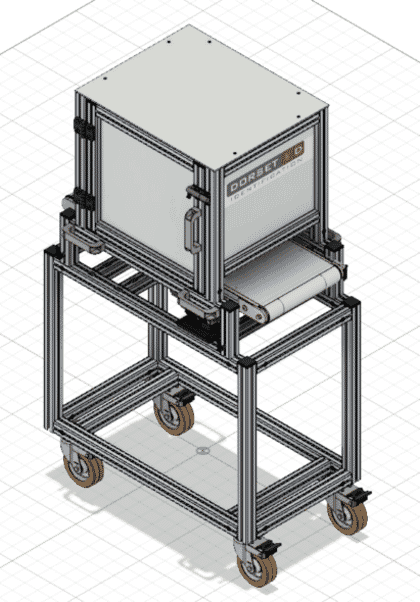
Selecting broodstock by phenotype (physical expression of genetic characteristics) is currently done manually – a time-consuming process. However, a new project that is part of the AquaIMPACT initiative aims to develop a system that can select the best fish automatically, quickly and accurately.
The phenotyping prototype is being developed by Wageningen University & Research (WUR) and Dorset. Variables measured will include the 2D and 3D shape, colour and properties of body parts such as the eyes or belly. The fish are manually removed from the breeding tank and placed on a conveyor belt that passes through the machine. An algorithm merges the colour and shape characteristics of the fish with genetic information from a database.

The project partners say that the use of machine vision techniques has many advantages – not least the ability to measure a higher number of samples and more variables can be measured in a shorter time. In addition, they say, software is more objective and has a higher repeatability than a human observer.
After analysis a selection algorithm will classify the individual fish in real-time to be selected or not to be selected for further breeding. The device then mechanically sorts the fish two groups. The entire operation is completed in approximately 30 seconds for each fish, thereby reducing stress levels. Smart phenotypes using artificial intelligence and integrating phenotyping and selection decisions in one step reduces the handling (stress) of fish and increases the speed and efficiency of breeding programmes.
AquaIMPACT, is an EU initiative designed to increase the competitiveness of the union’s Atlantic salmon, rainbow trout, gilthead sea bream and European seabass production. The phenotyping device is being designed to have the following characteristics:
- Mobility for easy transport.
- Operational outdoors in variable daylight conditions.
- Automatically reads RFID tag of individuals, measures weight.
- Real-time classification and sorting.
- Measures calibrated colour 2D features and can extracts landmarks
- 3D image analysis for volume reconstruction.




